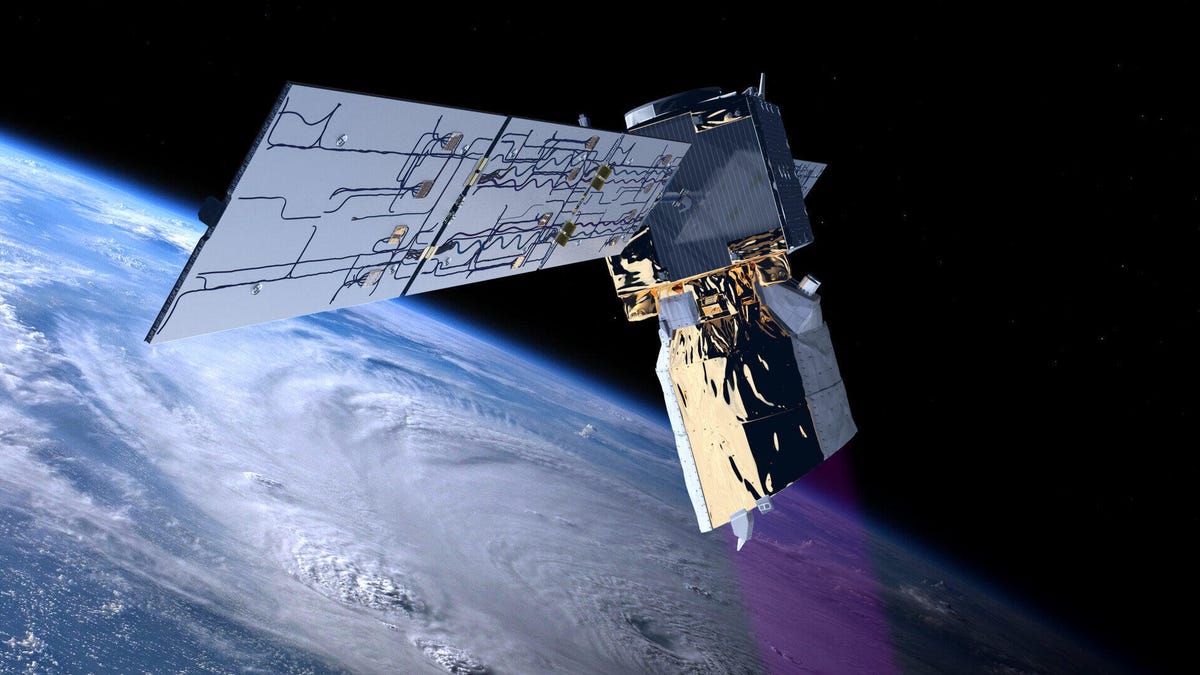Satellites don’t live forever. When their missions are over, some of them linger in orbit as space junk. The lucky ones fall back to Earth and are destroyed in the atmosphere. That was the fate of the European Space Agency’s Aeolus satellite after it completed a mission to profile our planet’s winds. Researchers captured rare views of the satellite shortly before its fiery demise.
Aeolus launched in 2018 with an instrument on board that measured Earth’s winds on a global scale. “These observations improved weather forecasts and climate models,” ESA said. The satellite spent nearly five years in orbit and came back down on July 28. On Tuesday, ESA released a ghostly sequence of images showing Aeolus as it began to tumble through the atmosphere.
This sequence shows the last eight radar images of the Aeolus satellite as captured by the Fraunhofer Institute in Germany.
The images come from a radar antenna at the Fraunhofer Institute in Germany. “The color in these final images represents the radar echo intensity and not temperature,” said ESA. The institute’s radar system is designed to measure orbits and capture images of objects like satellites and space debris. Technically, Aeolus was considered space debris for a few hours before it burned up.
Aeolus was designed back in the 1990s before a lot of attention was paid to the problem of space junk. Defunct space missions ranging from dead satellites to spent rocket bodies are clogging up orbit around Earth. Space trash can create hazards for operating missions, both robotic and crewed. The International Space Station, for example, has to dodge space junk on occasion.
ESA now designs satellites with debris mitigation in mind. But Aeolus predates those efforts, so the space agency came up with a way to assist its safe reentry into the atmosphere. The goal was to make sure any pieces that didn’t burn up landed in a safe place where they wouldn’t harm people. The Aeolus team pulled off a complex set of maneuvers to lower the satellite’s orbit.
The radar antenna was able to track the satellite for around four minutes. The data helped ESA determine an accurate reentry path and time. The satellite safely burned up over an uninhabited area of Antarctica about two hours later. If any debris fell to the ground, it wouldn’t have impacted human lives or dwellings.
“With Aeolus, in a remarkable example of sustainable spaceflight and responsible operations, we stayed with the mission for as long as we could, guiding its return as much as it was possible to do, and these images are our final farewell to the mission we all miss, but whose legacy lives on,” said mission manager Tommaso Parrinello in a statement.
The tumbling satellite views represent a remarkable glimpse into the final moments of a mission that refused to become a part of Earth’s space junk problem.

